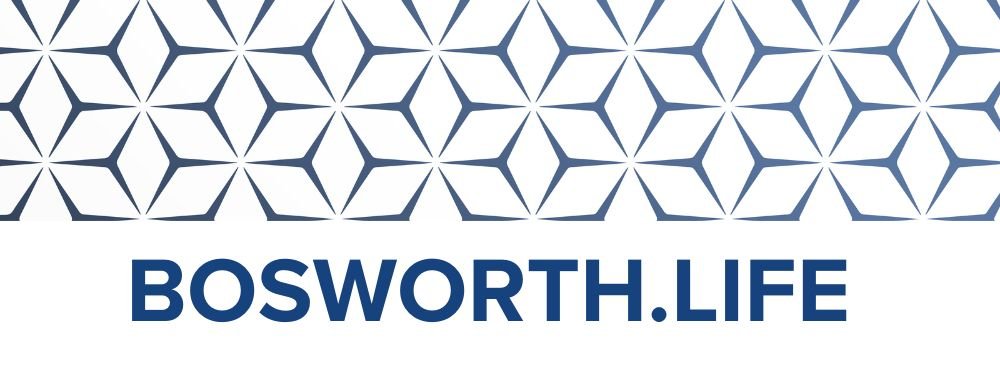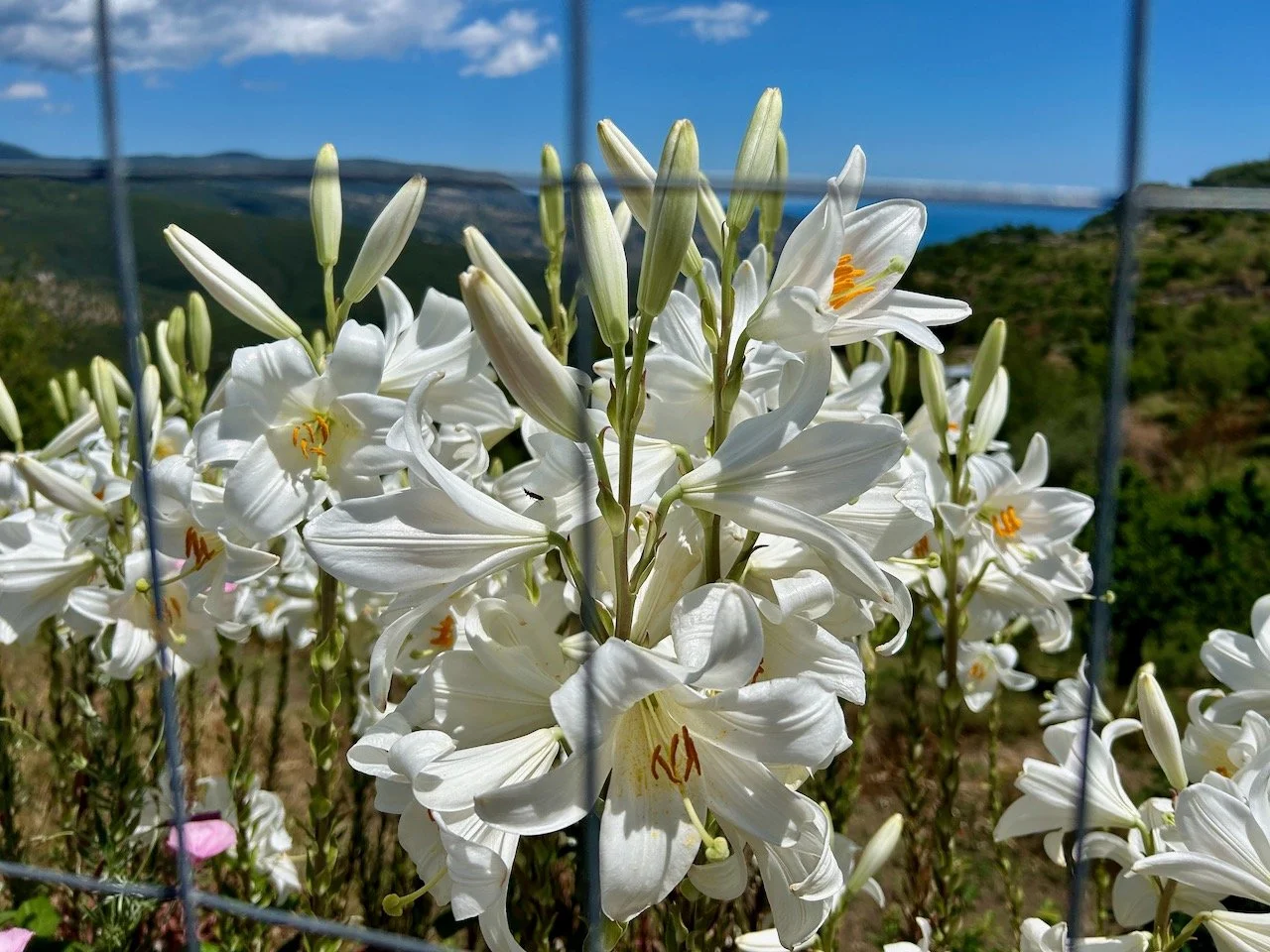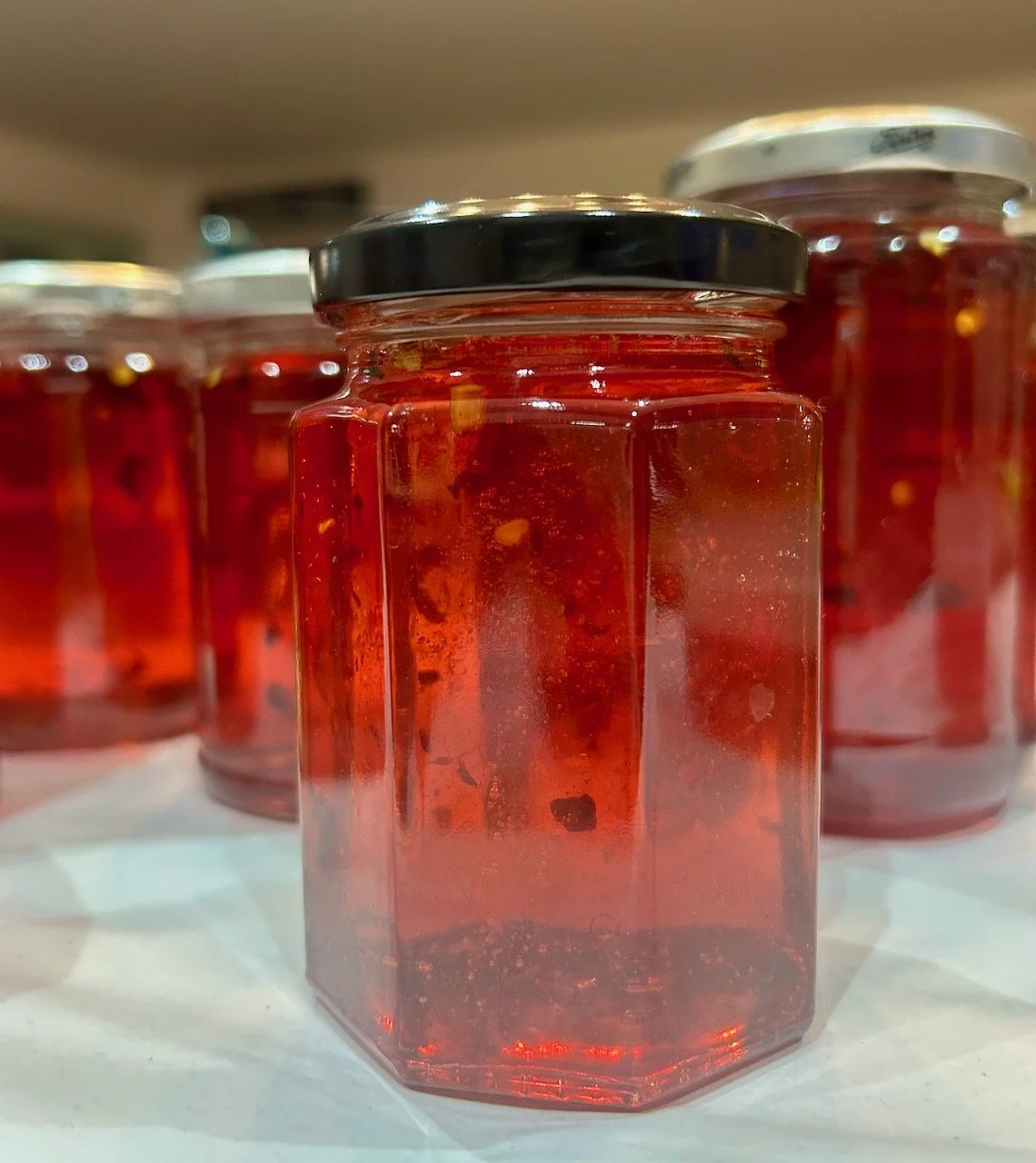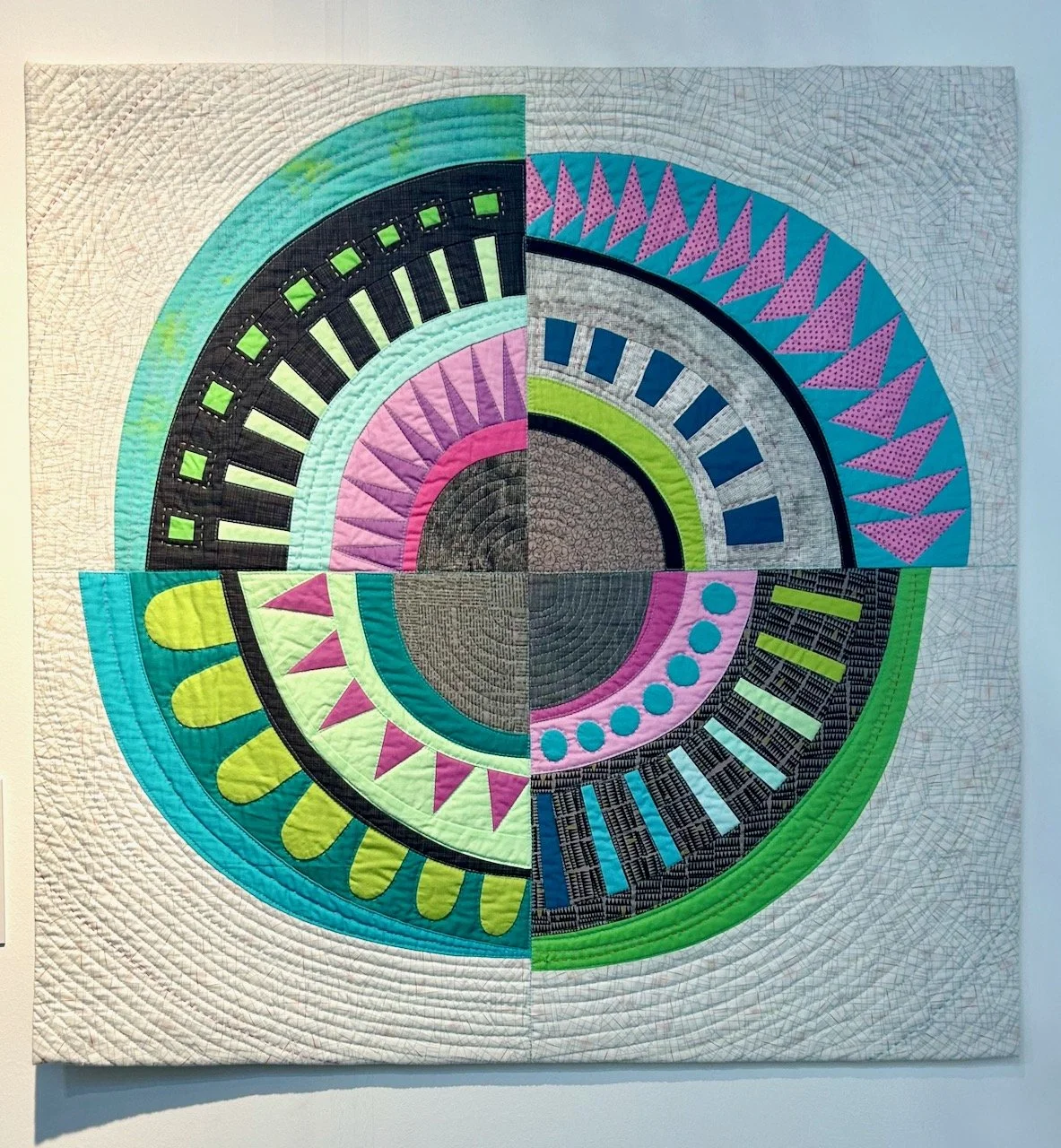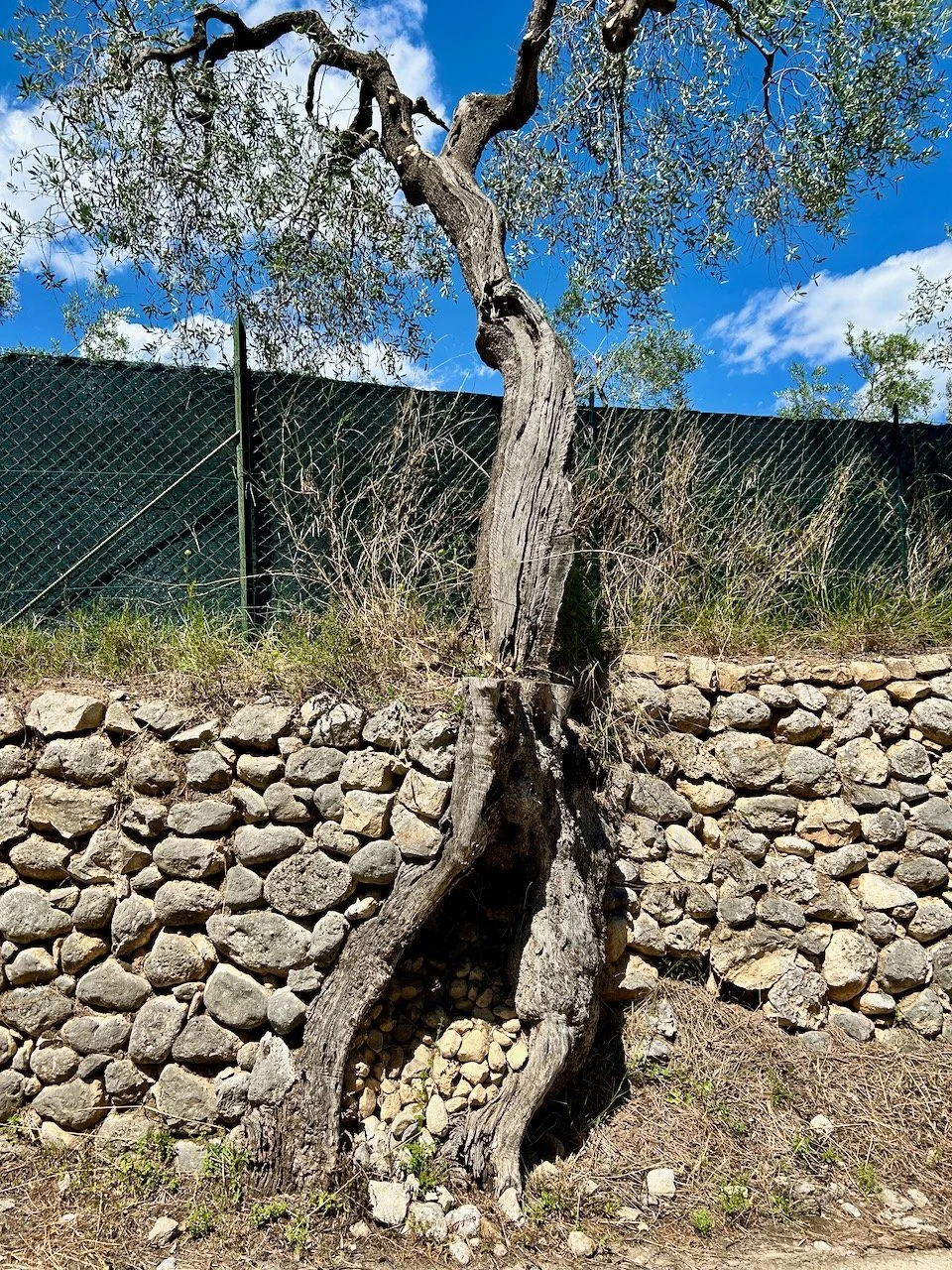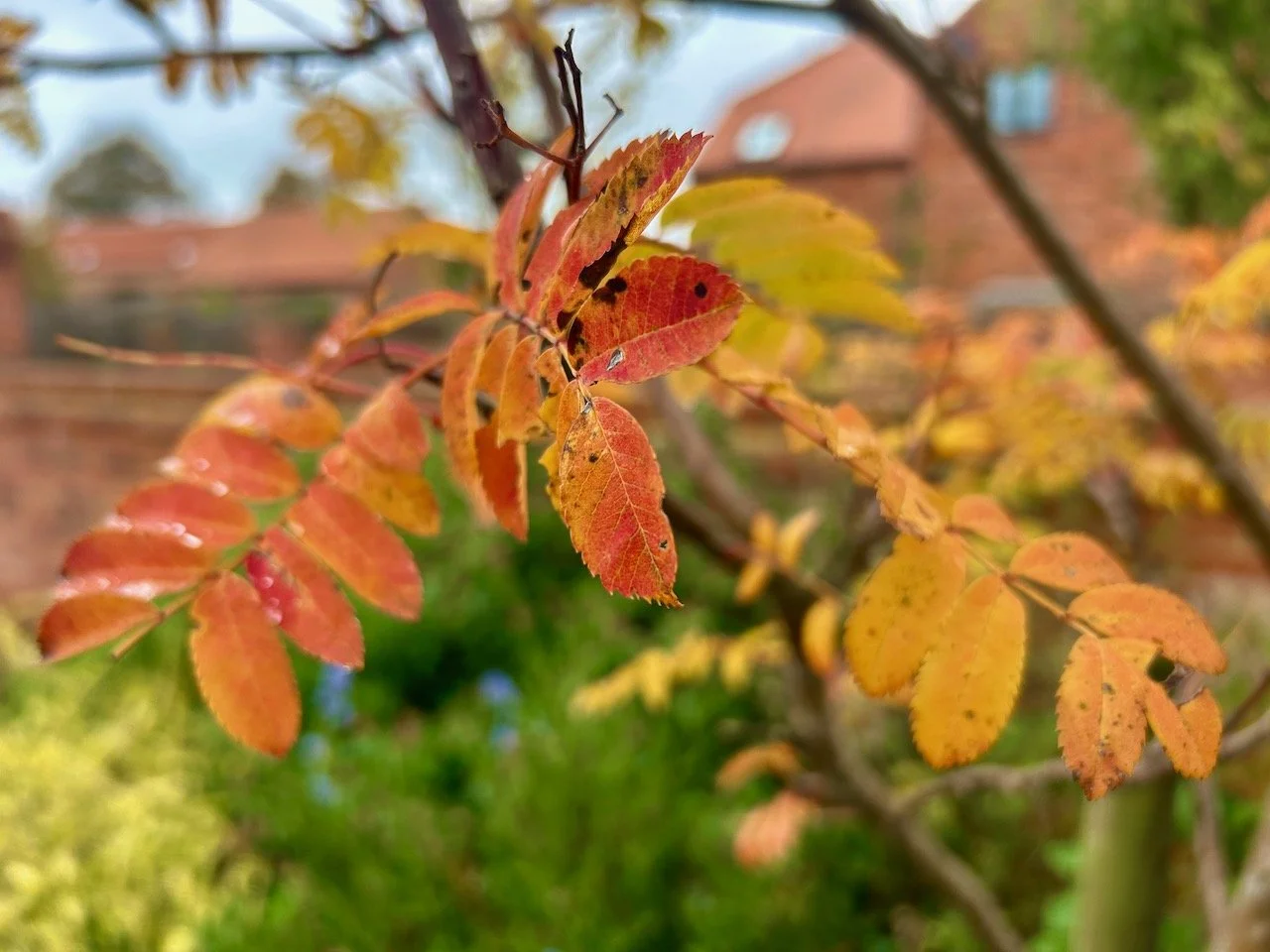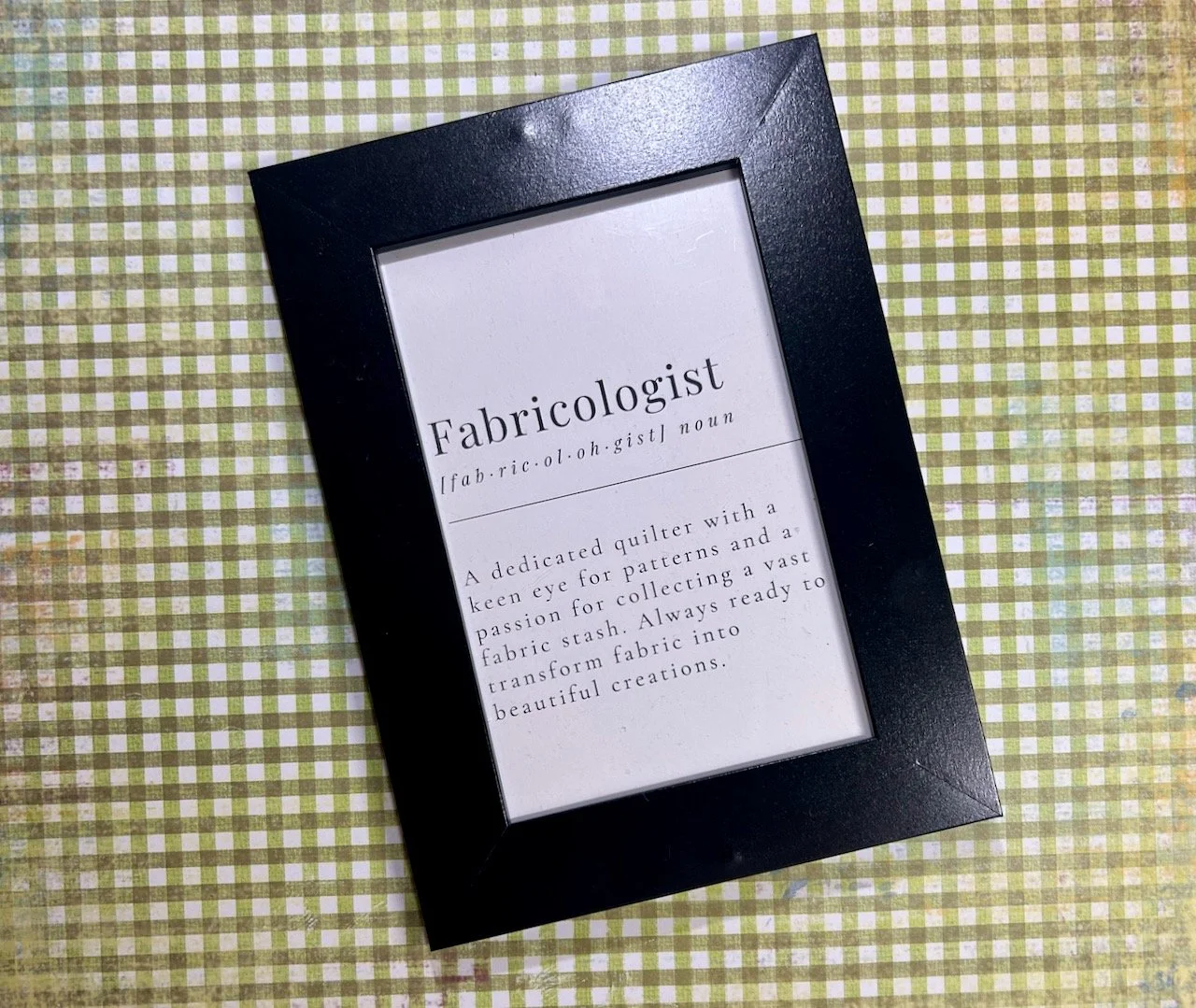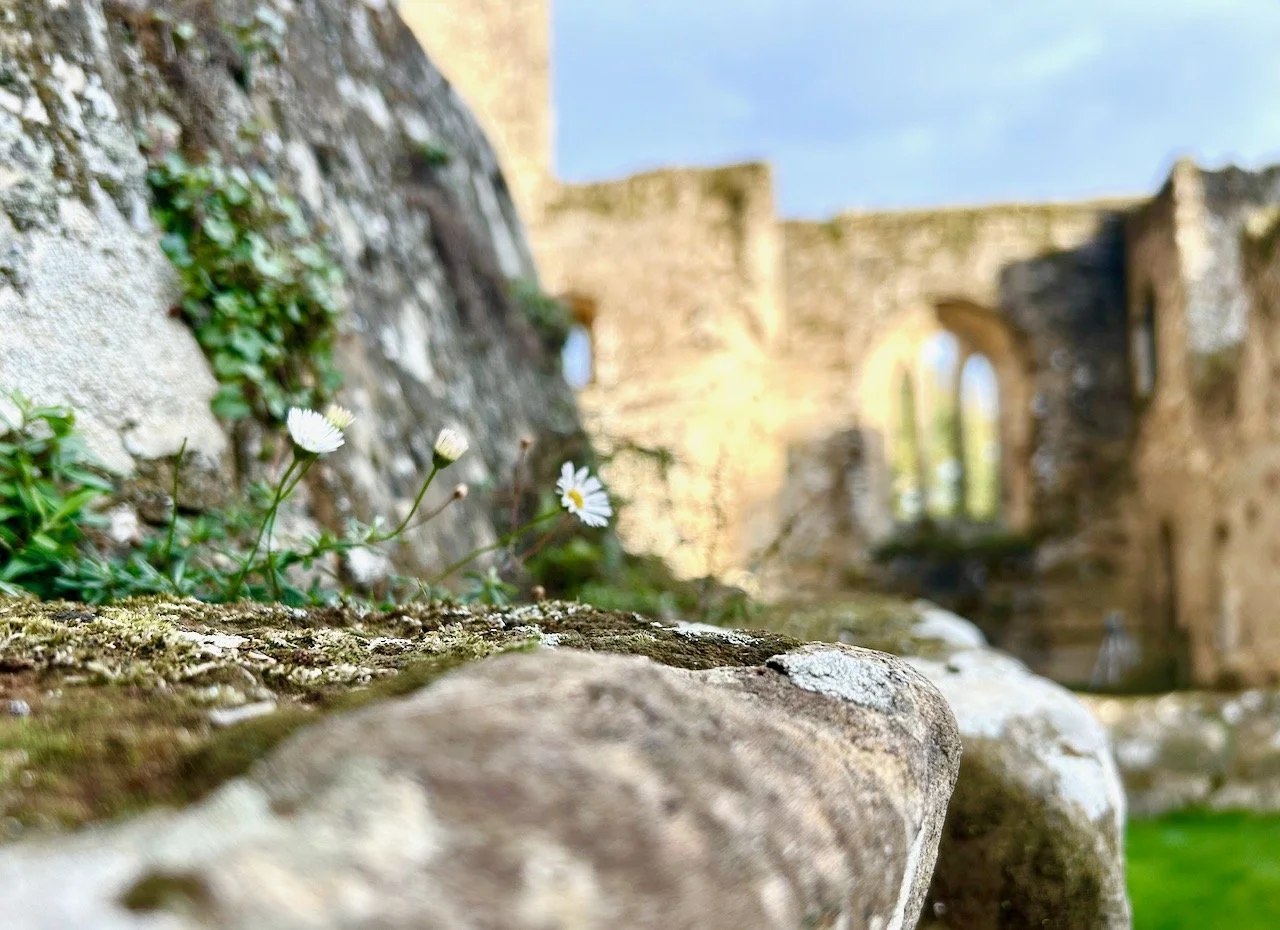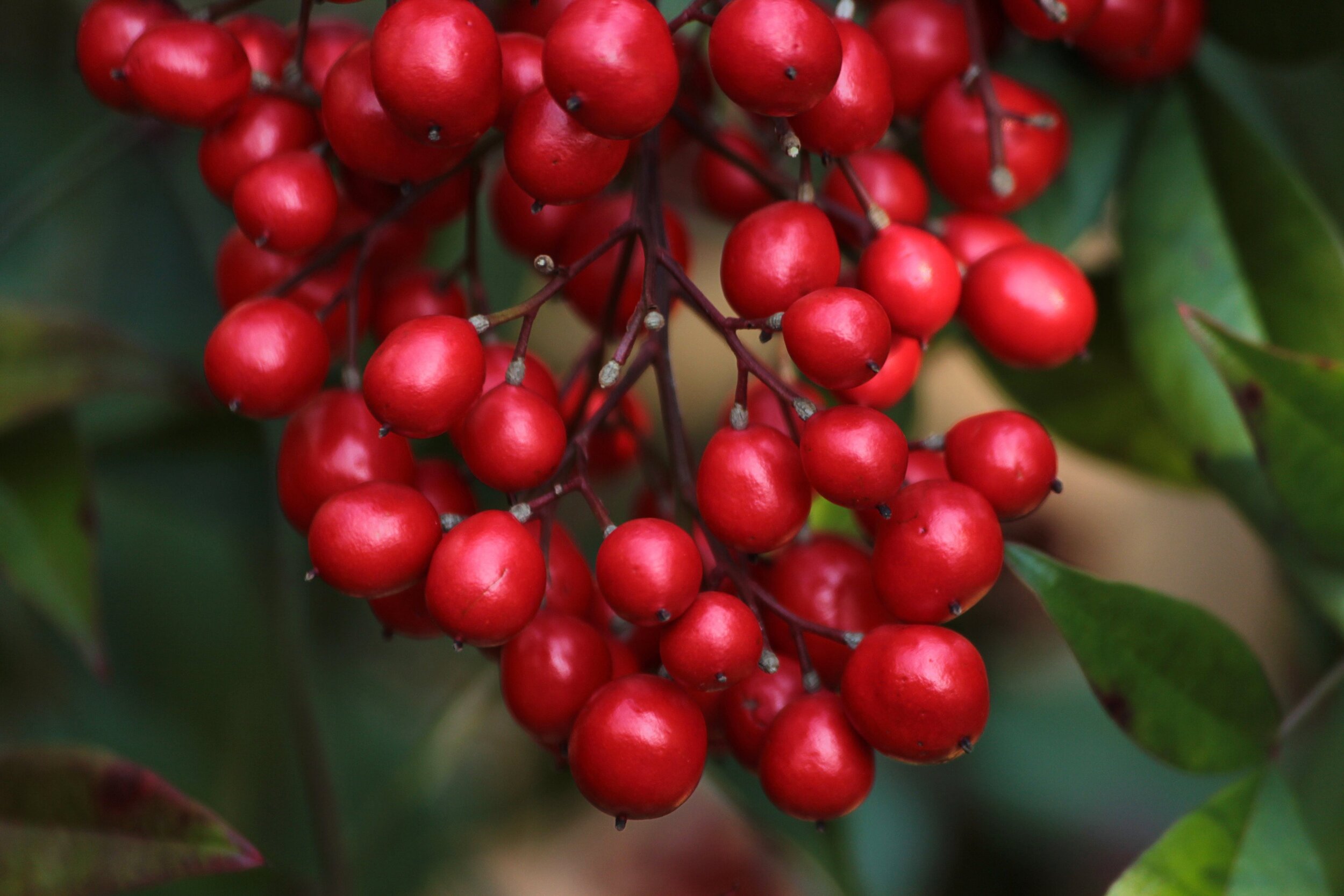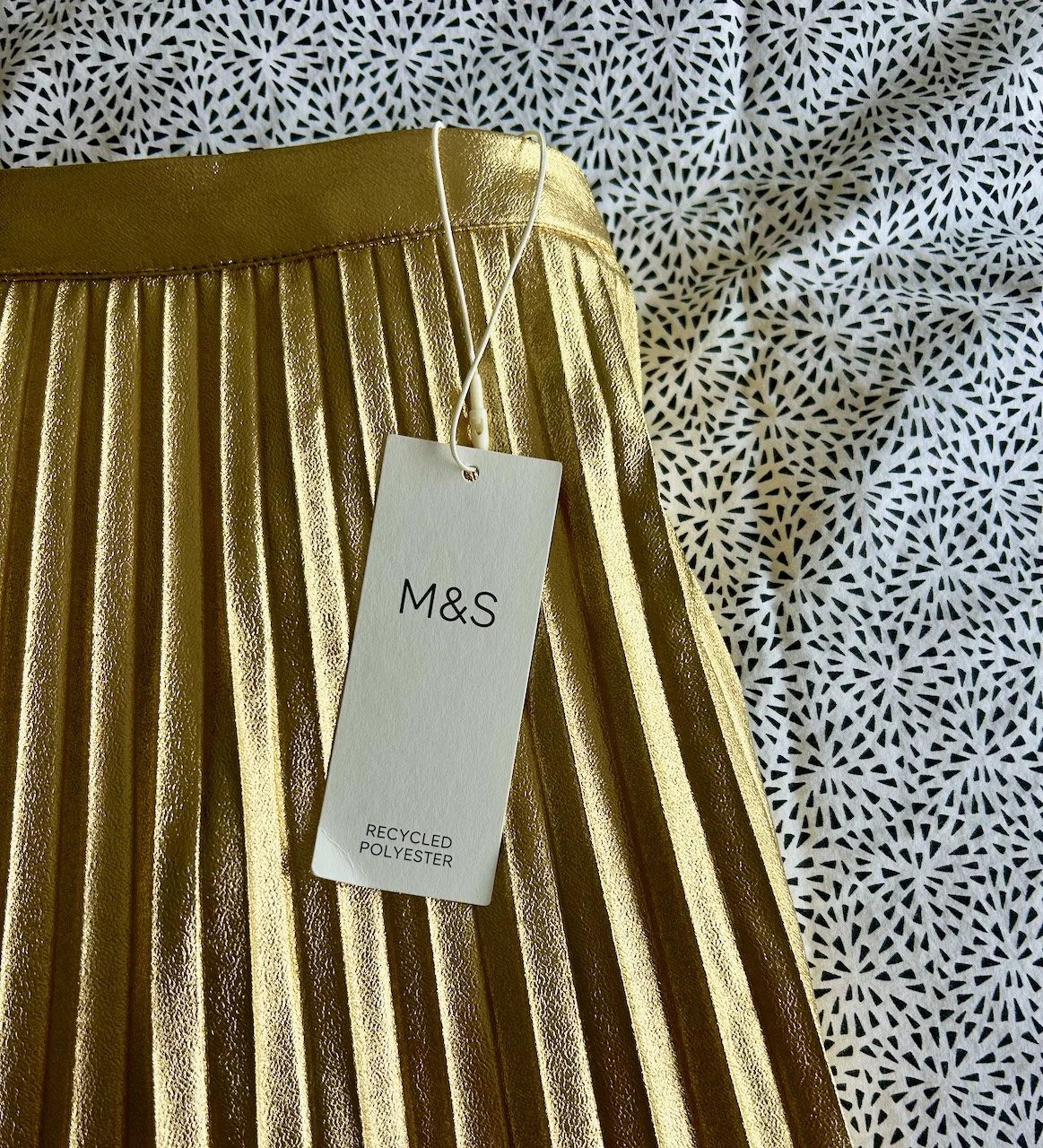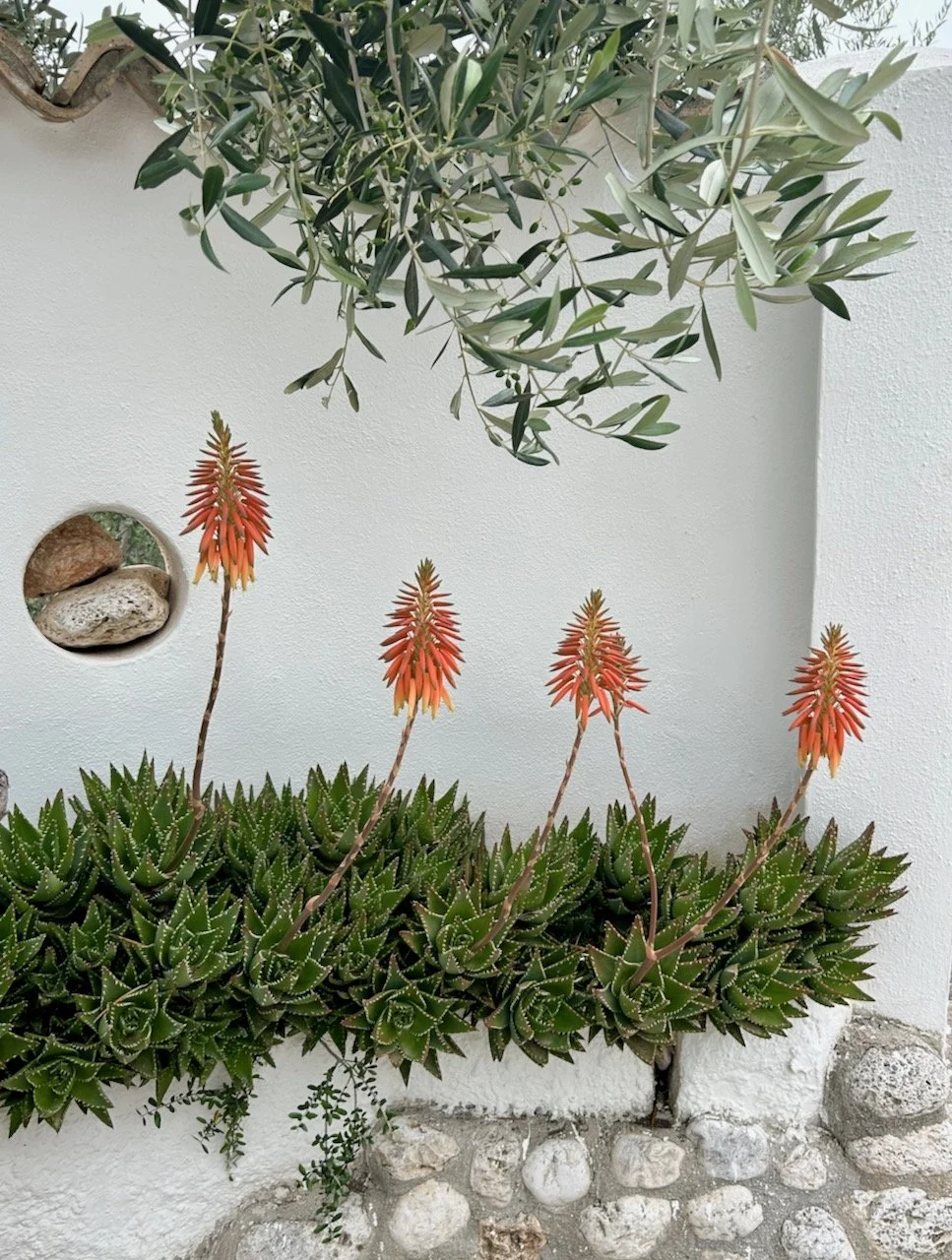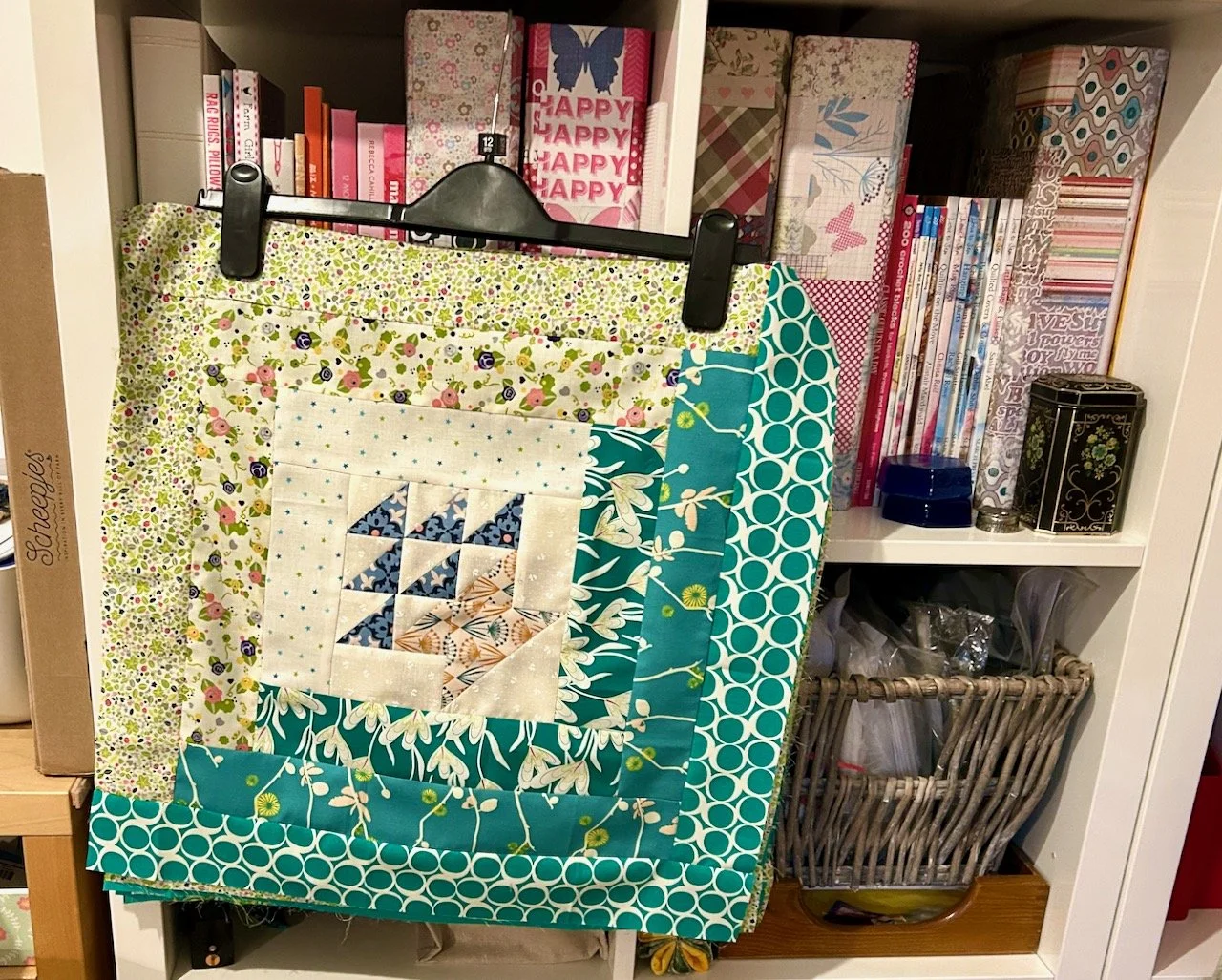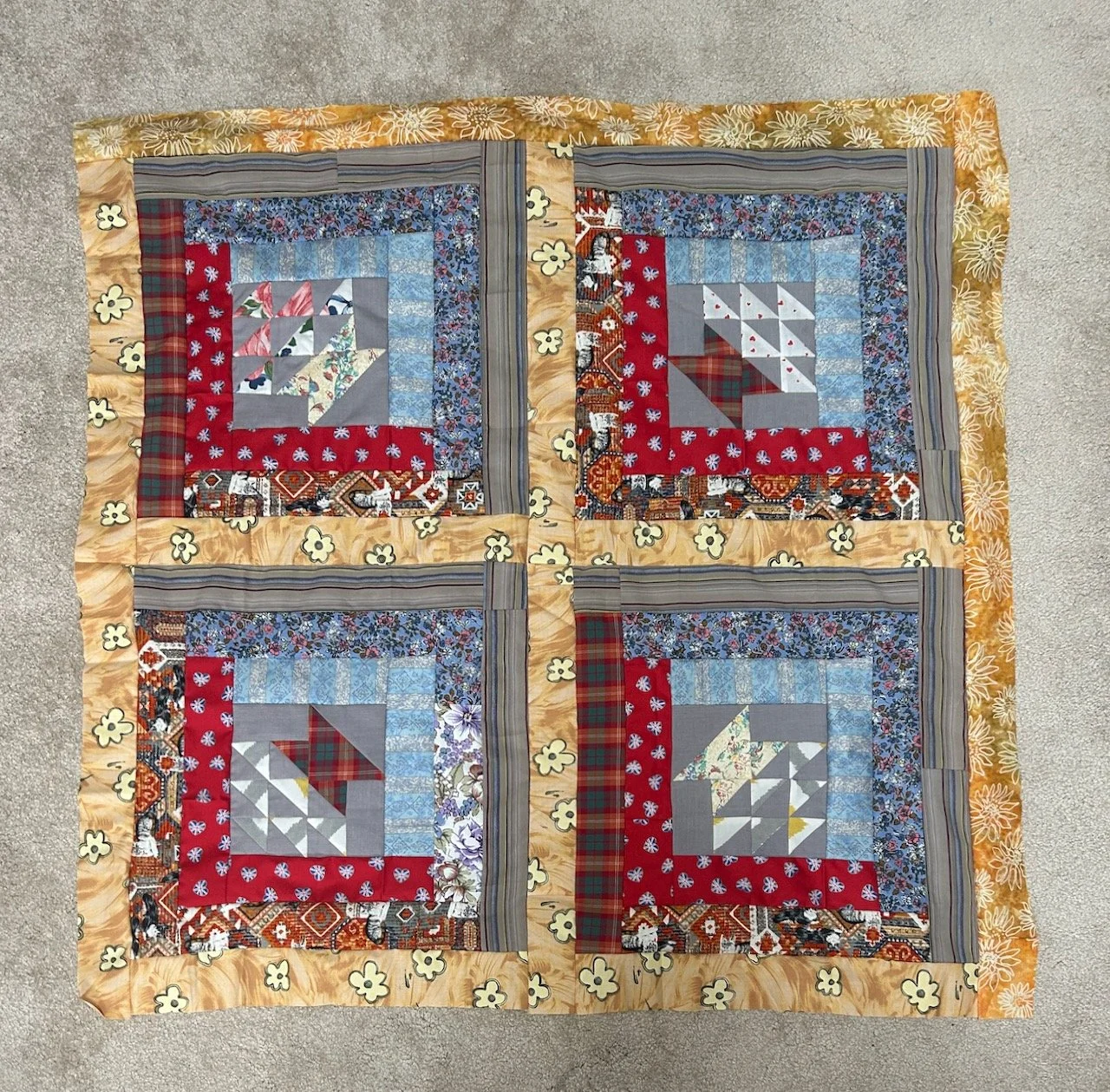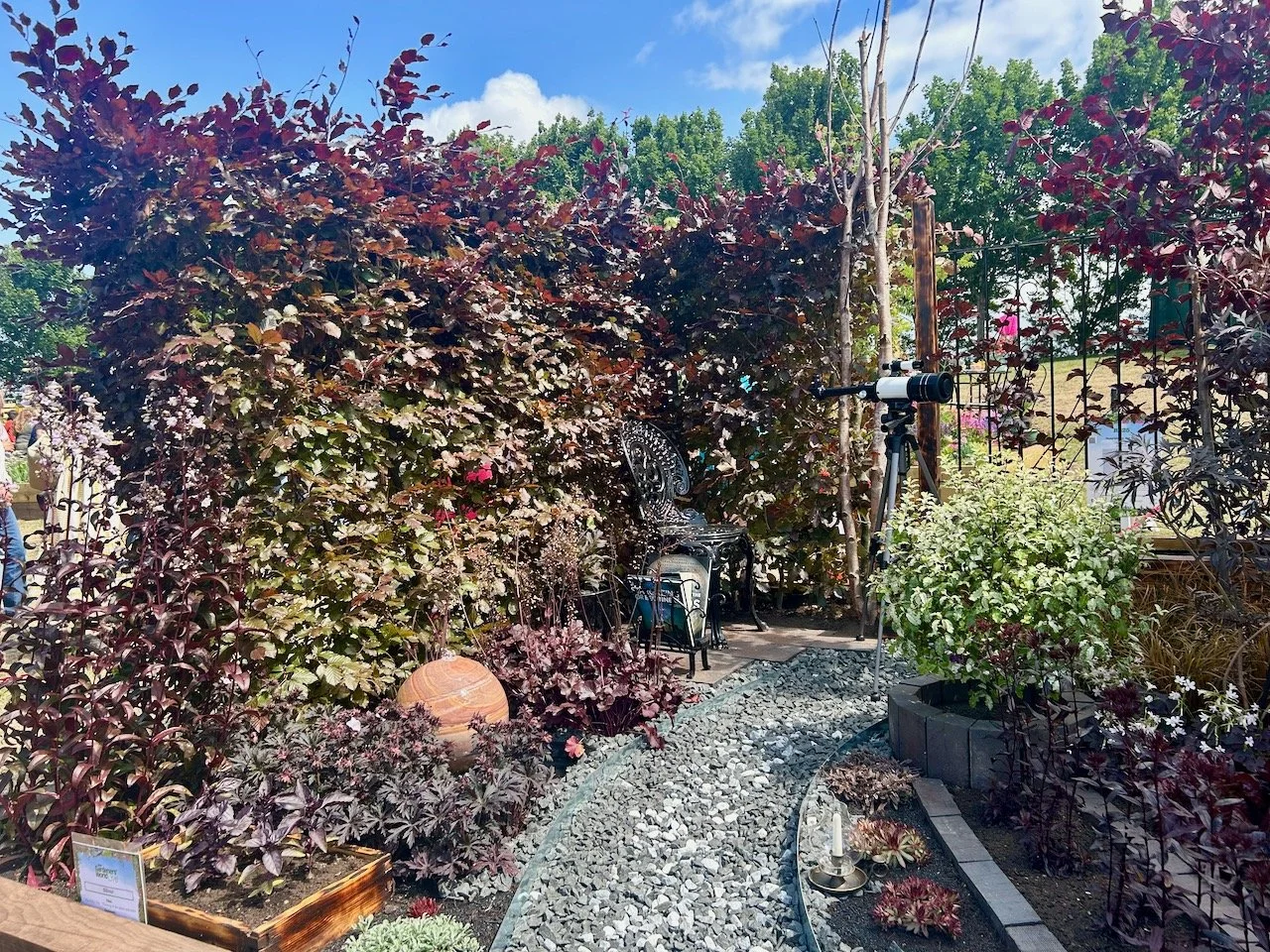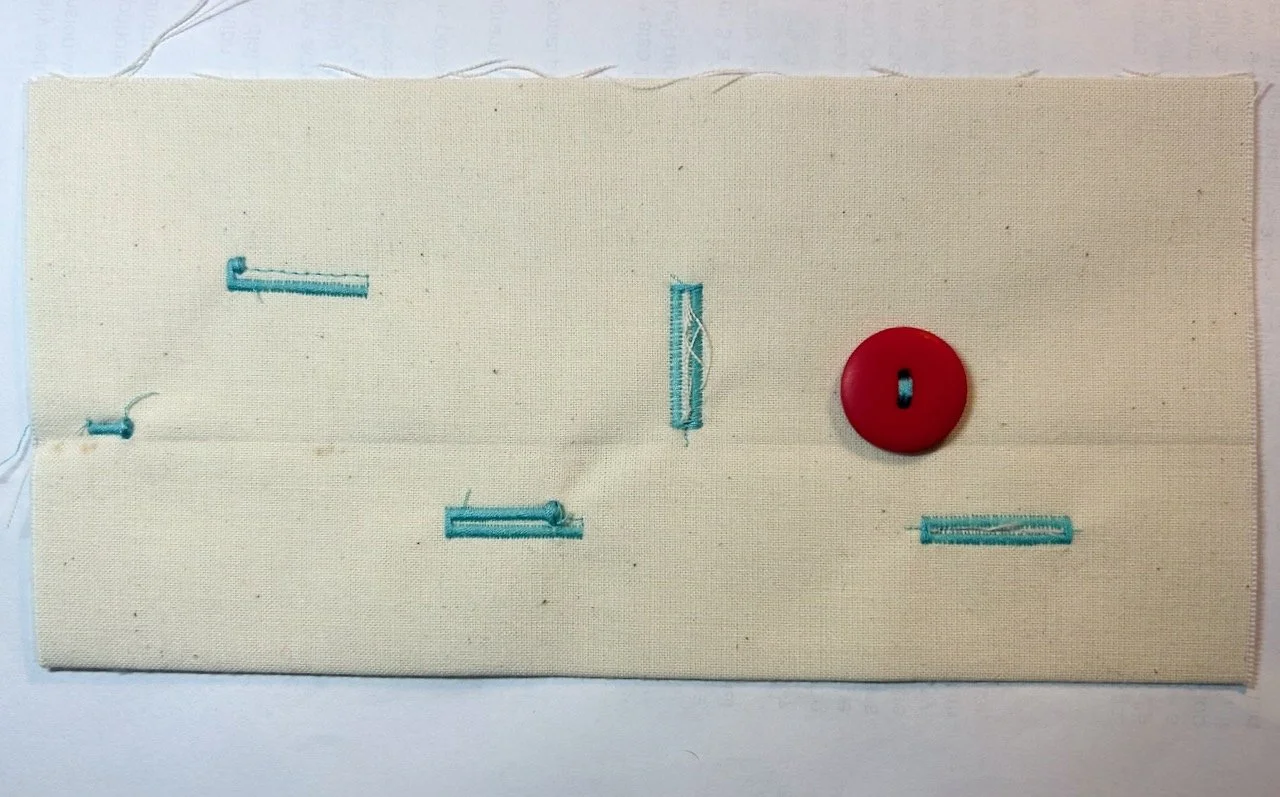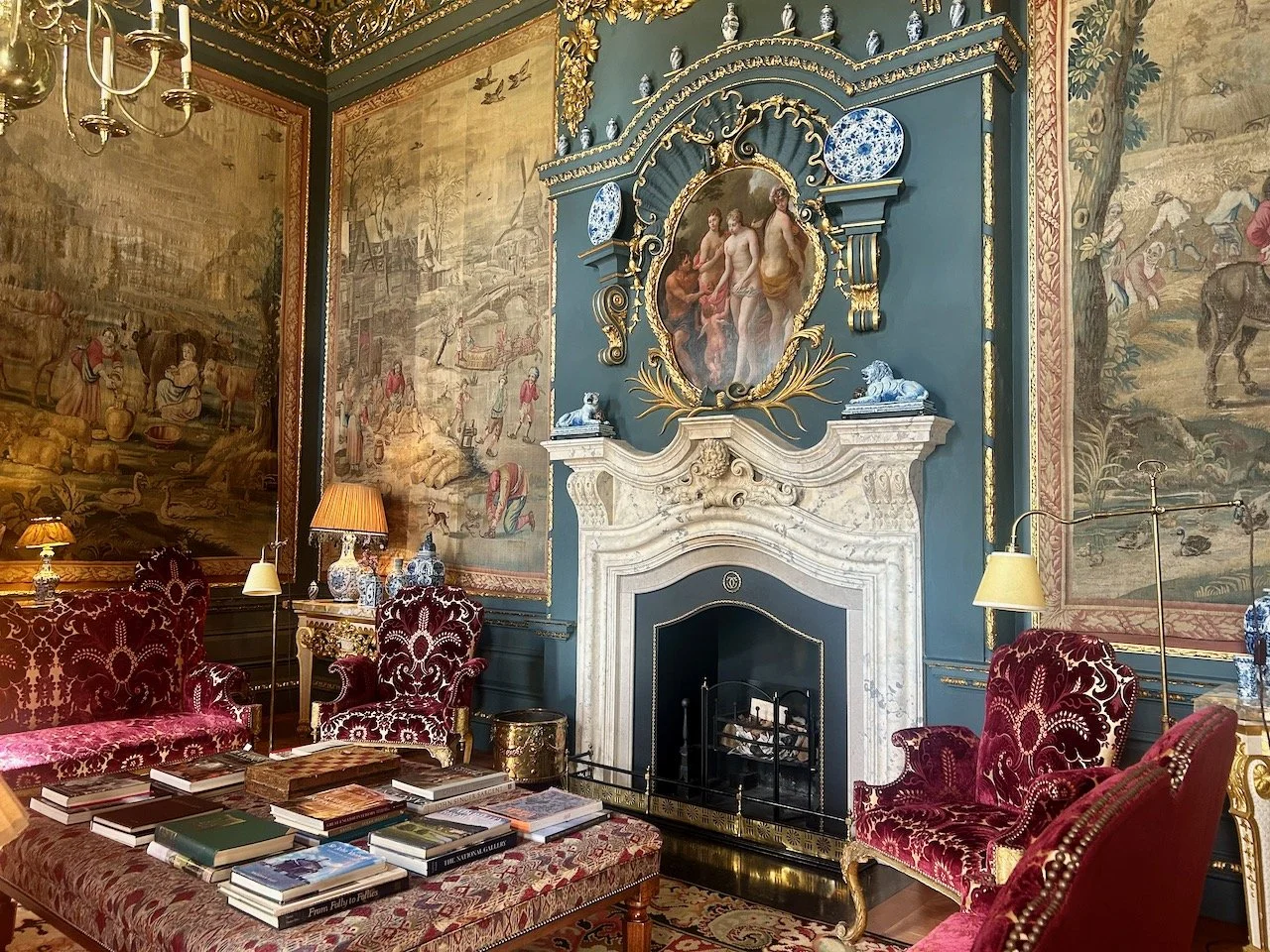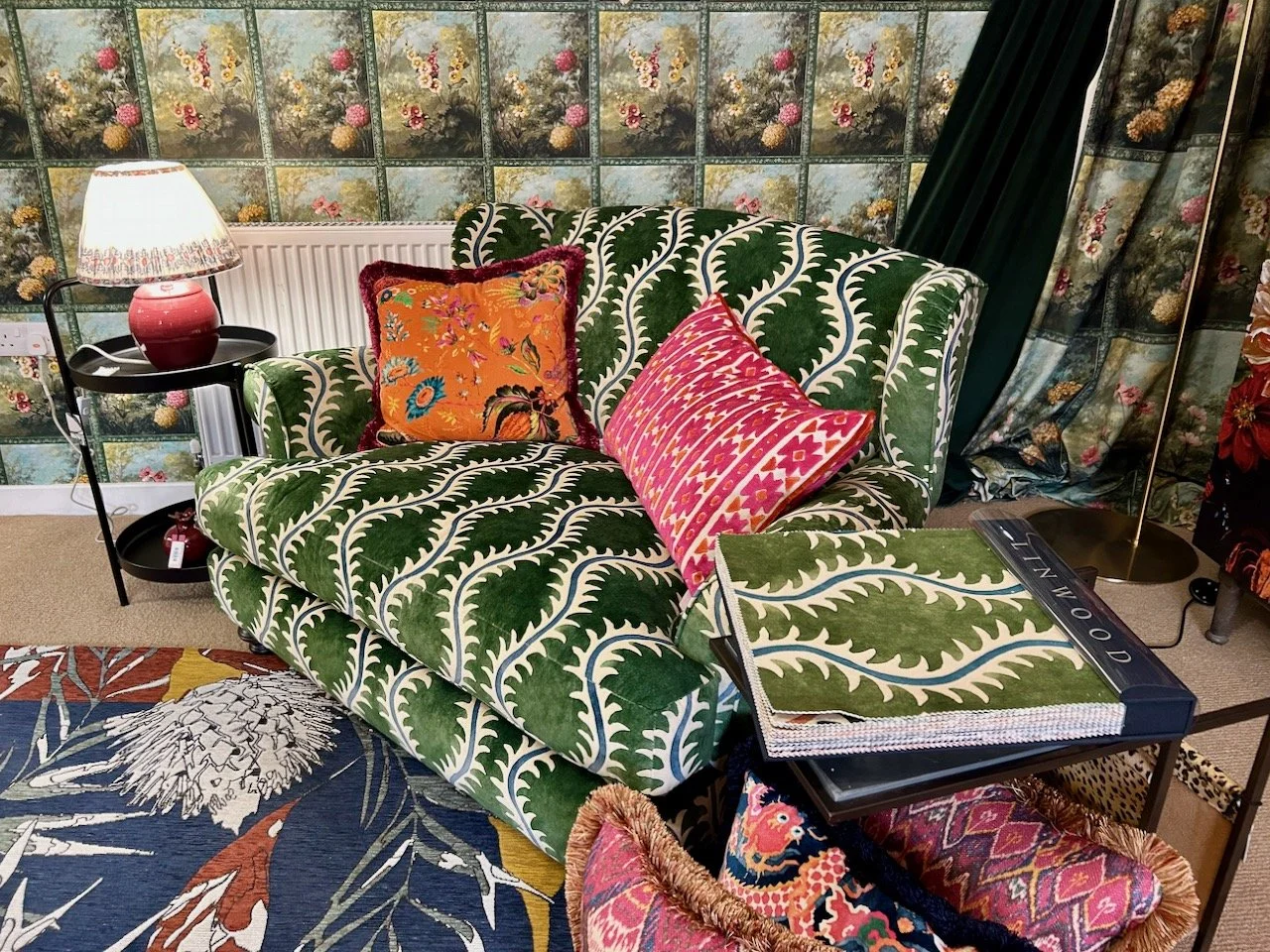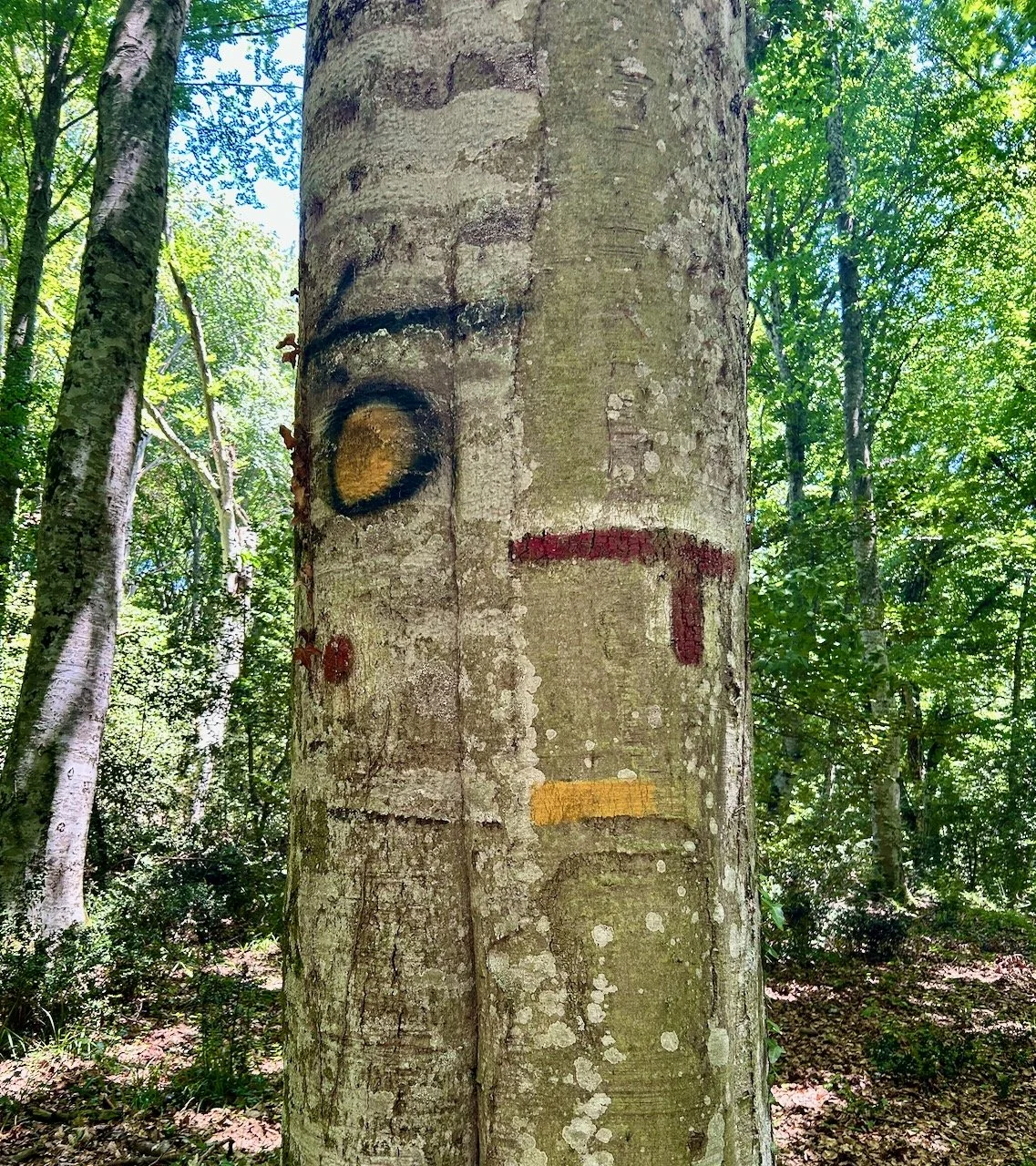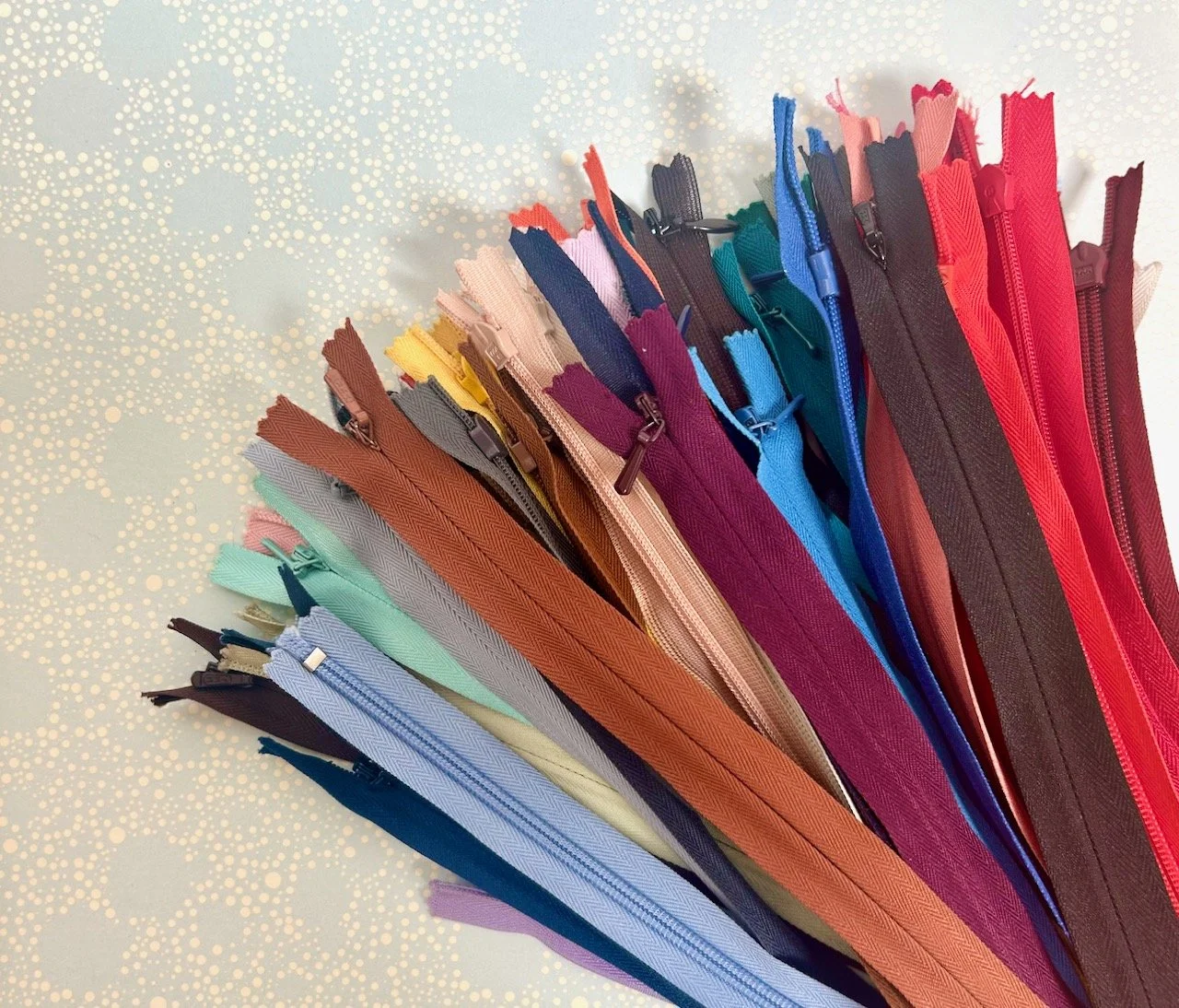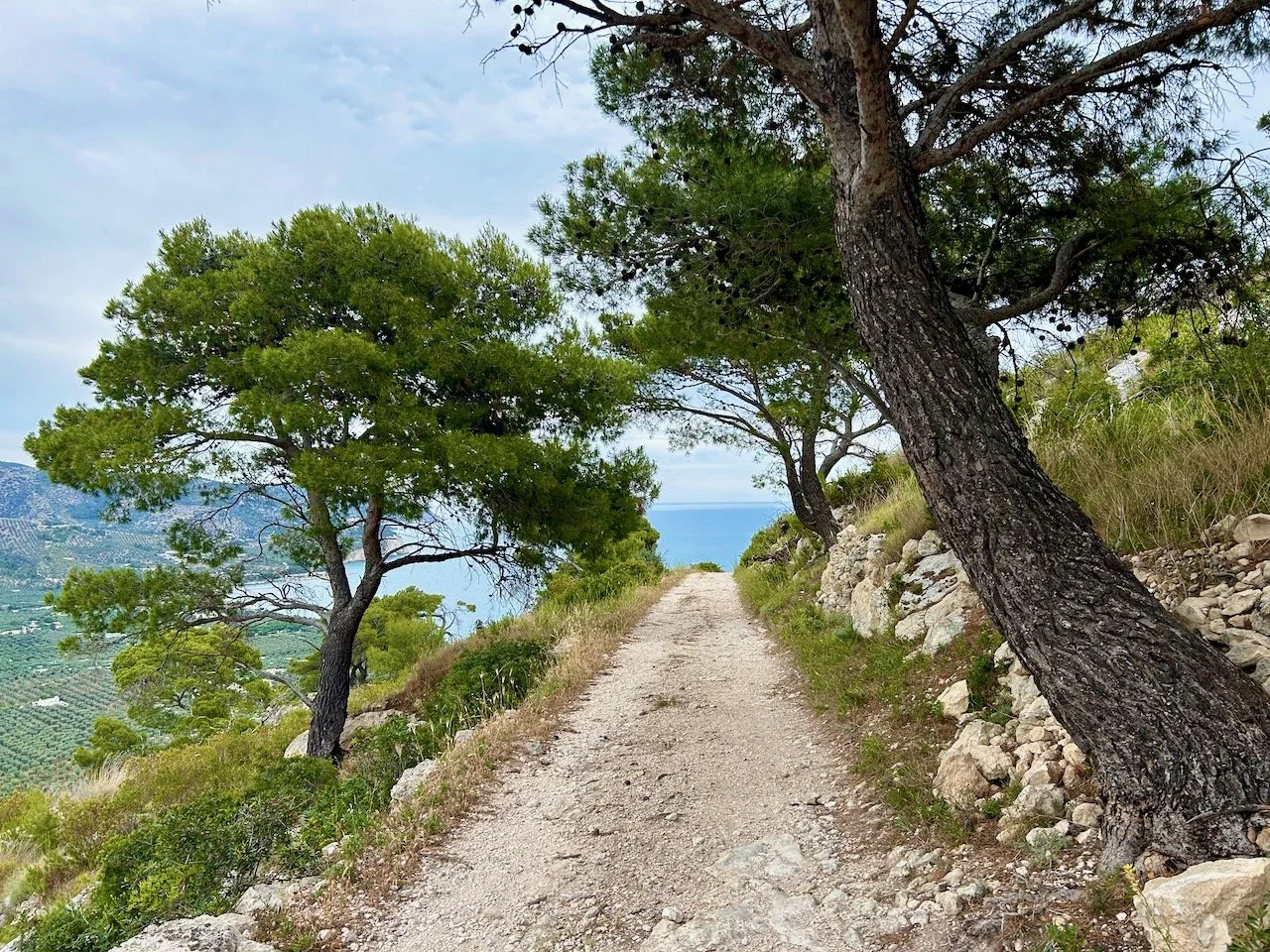Yes that's a cheesy title but Oberammergau really does deserve its wow. We arrived in Oberammergau by train on the last day of cycling on our Bavarian adventure and before setting off on our 45km cycle back to Füssen I was determined to see a bit of the only town name I recognised in all the places we visited, well apart from Munich of course!
It meant more cycle-miles but not very many, and it seemed rude to get so close and then not to take a look, so instead of turning right out of the station as the route notes said, we turned left and headed into the town.
The town is on the Ammer River, the river that we'd follow today on our cycle and is at the foot of the Kofelgebirge (Kofel peak), which you'll see in the photos further down. It's famous for its Passion Play which was first performed in 1634 when the villagers vowed they would repeat every 10 years provided God spared them from the devastating effects of the bubonic plague, which was sweeping the region at the time.
Now the Passion Play is performed in years ending in zero only by inhabitants of the village. It's a long one too, five hour long performances take place between May and October in the purpose built Passionstheater and approximately half of the population of Oberammergau is involved, with over 2000 taking part in 2010. That's a lot of people!
It's also famed for the beautiful frescoes decorating the walls of its buildings and it's long association with wood carving. On our short cycle around the town we saw plenty of evidence of both of these.
Just look at the cut-outs on the balconies of the house on the right above!
The Lüftmalerei, the trompe d'oeil style frescoes seen through the Bavarian Alps were pioneered in Oberammergau by a painter named Franze Seraph Zwink whose house was called Zum Lüftl, hence the name Lüftmalerei. The translation also means "air painting" so it is quite apt.
Religious themes are popular subjects and often prominent figures are often portrayed in traditional Bavarian dress, such as Mary in a dirndl - we didn't spot that one, but I'm sure that's quite something to see! Otherwise frescoes often illustrate the profession of the house-owner.
It's most definitely a pretty town, and I think we were lucky to visit relatively early on a Sunday morning as there weren't many people about. It's the type of place that would fill up and then some at peak times, so it was nice to almost have the streets to ourselves.
The style of the buildings here and throughout Bavaria were chalet-style and picturesque. Although in the UK we have a definite style for our buildings, they're not quite in the same class as these. Beautiful aren't they?
So with our circuit of Oberammergau complete, it was time to head back to the station and follow the cycle route notes once more and head back to Füssen where our cycling adventure had started some six days earlier. You can read more of my Bavarian cycle tour posts here.
In my next German post I'll be sharing some pictures and more from our visit to Schwansee, or Swan Lake. An experience (for entirely the wrong reasons) you won't want to miss!
